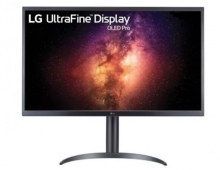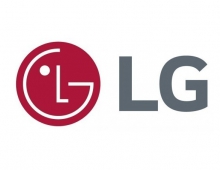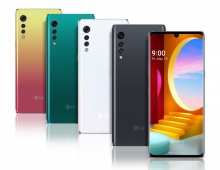
LG Conducts Field Tests Of Futurecast TV Broadcast System
The next step in terrestrial TV broadcasting is being demonstrated in Madison this week at Quincy Group’s WKOW-TV, which is conducting a second round of real-world broadcast field testing with the "FUTURECAST Universal Terrestrial Broadcasting System,”" co-developed by LG Electronics. FUTURECAST is a contributor to the optimal "physical layer" solution at the heart of the next-generation ATSC 3.0 broadcast standard, which is being standardized by the Advanced Television Systems Committee. FUTURECAST was co-developed by LG Electronics, its U.S. R&D subsidiary Zenith, and GatesAir as the foundation of next-generation terrestrial broadcasting in the United States and around the world.
Results from initial field tests completed in August – the first over-the-air broadcast trials of a compete ATSC 3.0 Physical Layer system – show how FUTURECAST can deliver 4K Ultra HD content and two mobile TV streams in a single 6-Megahertz channel, while optimizing indoor reception and offering spectrum efficiency.
The summer field test in Madison collected nearly 50,000 pieces of data from scores of reception sites including challenging reception areas inside buildings, in fast-moving vehicles and at locations ranging from downtown to 50 miles from the transmitter. This week’s follow-up testing is evaluating performance of hardware and software enhancements.
Today’s three-hour FUTURECAST broadcasts on WKOW’s Ch. 26 (PSIP 27), which began at 1 a.m., allowed outside observers (including representatives of the Wisconsin Broadcasters Association) to see what’s possible with the new transmission system.
The FUTURECAST Universal Terrestrial Broadcasting System is designed to provide a combination of broadcasting capabilities for fixed, portable and mobile use. Flexible parameters allow broadcasters to mix diverse services – from fixed 4K reception to deep-indoor handheld reception to high-speed mobile reception – in a
The new broadcast television system will require higher capacity to deliver 4K Ultra-High-Definition services, robust reception on mobile devices and improved spectrum efficiency, according to the ATSC.
Key elements of the FUTURECAST Universal Terrestrial Broadcasting System include:
- Data throughput increases of 30 percent and improved multipath performance (compared with the current DTV standard) for fixed and portable TV reception;
- Energy-saving features for consumer receivers and enhanced indoor TV signal penetration for mobile reception thanks to flexible system parameter choices;
- Advanced modes for delivery of very high data rates and very robust transmission capabilities;
- Error correction coding and signal constellations;
- Future Extension Frames to support evolution of future broadcast systems; and,
- Improved single frequency network service.
The increased payload capacity of the physical layer combined with HEVC encoding will allow broadcasters many more options when planning their broadcast service offering.
Designed for easy extension to various current and future transport formats, FUTURECAST optimizes efficiency for the most-used data formats (Internet Protocol, Transport Stream) via customized stream compression.
The system supports single-frequency networks and/or multiple transmitters, and uses a single RF transmission’s flexible physical layer profile for optimum quality of service.
FUTURECAST’s RF approach addresses the co-channel and adjacent-channel interference challenges related to the anticipated UHF spectrum repacking.





















